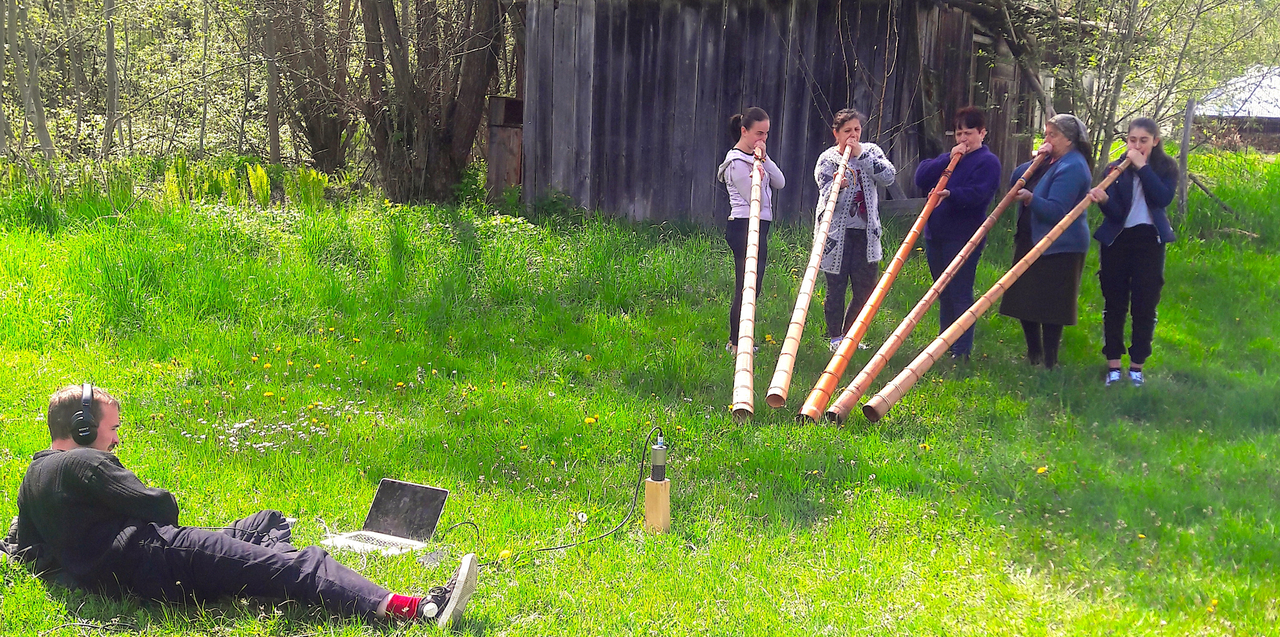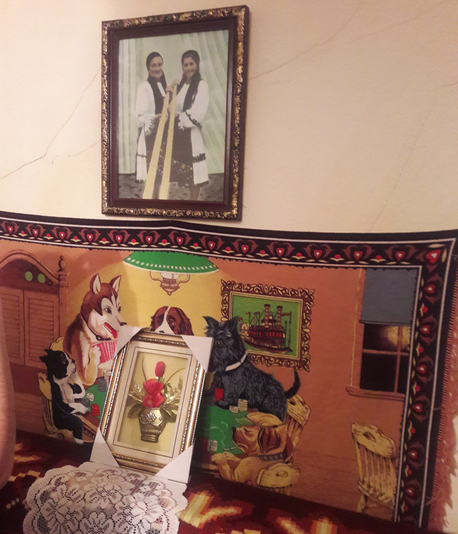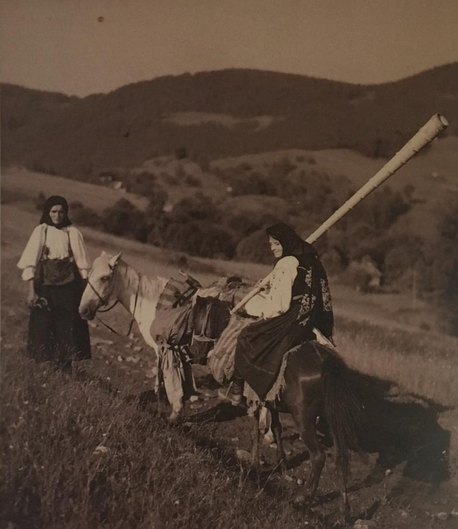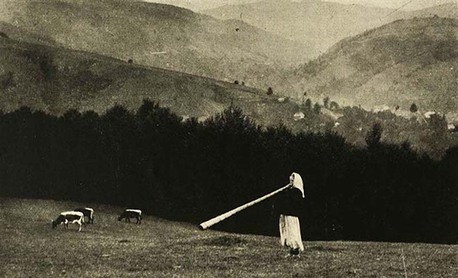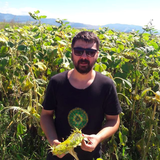Written by:
Share article:
Introduction
Over the past decades, Romania has taken important steps in order to assimilate the tulnic culture as an important traditional element of its own cultural heritage. Unfortunately, there have been few inquiries about the instrument; no music for tulnic has ever been written, and the instrument has been extremely rarely recorded.
Between May 7th and 17th, 2019 The Attic has staged an art residency in the village of Avram Iancu, located at the foothills of the Găina Summit, part of the Apuseni Mountains in the Alba Iulia county in Transylvania.
Commissioned by the Europalia 2019 Festival and in collaboration with of the Romanian Cultural Institute, the project focuses on creating a music ensemble made of tulnicărese (tulnic women players) and Belgian musician and electronic music producer Milan Warmoeskerken. After a series of recordings and days of working together, following this art residency which lasted almost ten days, the ensemble will give several concerts which will be organized in Bruxelles and Leuven: a group of tulnic players from the village of Avram Iancu and Milan W. will be the performers.
Since 1969, Europalia has been organising art biennales around changing host countries. For four months, a multidisciplinary programme presents hundreds of artistic events throughout Belgium and other European countries. Europalia addresses a broad European audience with exhibitions as well as performing arts, music, literature, conferences and cinema. Both renowned artists and up-and-coming talent play an important role. In addition to heritage, the festival also focuses on the contemporary art scene, with particular attention to new creations and exchanges between artists from the host country and Europe.
Milan Warmoeskerken is an Antwerp based electronic music producer, active on the scene for almost a decade. He released several albums since more than four years ago on imprints such as Jj funhouse, BAKK and Ekster. He has been making electronic music ever since he came in contact with it and has studied jazz guitar in his childhood. Besides running his solo project, Milan has been active various bands in Belgium.
This unique project presumes the setting up of an experiment in which the traditional is entwined within the contemporary and new means of artistic creation are invented for this instrument. In the spirit of multiculturalism, the project aims to debunk the myth of the tulnic, deconstructing it in order to bring together two different cultures (the one of the locals from the Apuseni Mountains, called moți and Belgian/Flemish one), in order to break down any stylistic, geographic or cultural borders of any kind. It thus aims to embrace the idea of contemporary experiment.
The project started in the autumn of 2018, when I started looking for pieces of information and contacts about tulnic players from the Apuseni Mountains, who would form the future music ensemble. With the help of a tulnic teacher, Marcel Chirițescu, who is also the director of the Avram Iancu Cultural Center, we were able to set up an ensemble of six female musicians from the area, of ages ranging from 14 up to 82 years old. The aim was precisely to underline the fact that each generation passes on to the following its traditions and playing techniques to use the tulnic, this ancient instrument which goes back to the time of the Dacians.
In the ten days I spent in the village, I was able to capture only a tiny part of what life in the Apuseni Mountains actually means and, in particular, of what the tulnic means in the Apuseni. Nevertheless, I had the joy of interacting with different people, from the tulnic players in the ensemble, to a tulnic builder, as well as several people from the area in one way or another.
In the domestic cultural space of our times, we cannot judge music any longer by standard, classical principles, that cut clearly between music genres, geographical areas of origin, and time periods during which the music in question was written or composed.
